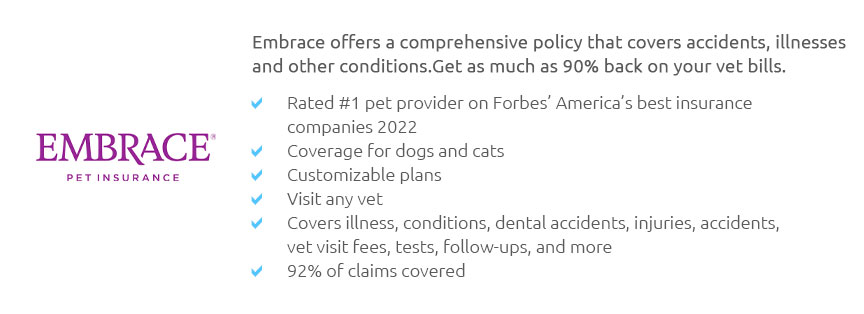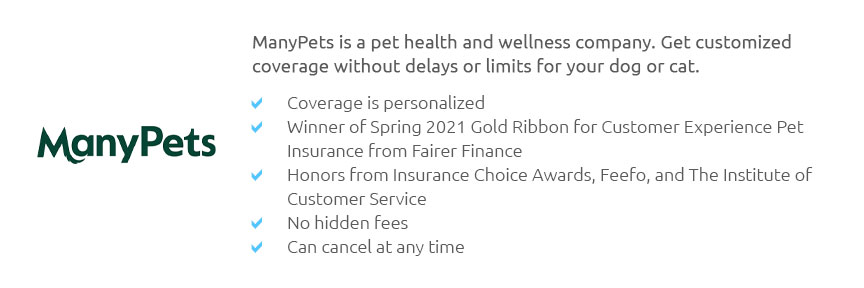 |
 |
 |
 |
 |
|
 |
|
 |
|
 |
|
 |
|
 |
|
 |
|
 |
 |
Understanding Medical Insurance for Pets: A Comprehensive GuideIn recent years, pet ownership has evolved significantly, with pets becoming cherished members of many families. As such, the demand for comprehensive medical insurance for pets has surged, reflecting the growing recognition of their importance in our lives. This article delves into the intricacies of pet insurance policies, offering insights into their benefits, limitations, and the best practices for selecting the right plan for your furry friend. Medical insurance for pets is designed to cover veterinary expenses that arise from accidents, illnesses, and routine care, thereby alleviating the financial burden on pet owners. At its core, a pet insurance policy functions similarly to human health insurance, with premiums, deductibles, and coverage limits. However, understanding the nuances of these policies can be the difference between adequate coverage and unexpected expenses. One of the primary considerations when selecting a pet insurance policy is the type of coverage offered. Most providers offer three basic types: accident-only, illness and accident, and comprehensive plans that include wellness care. Accident-only plans tend to be more affordable, but they do not cover illnesses, which can be a significant drawback given the unpredictable nature of pet health. On the other hand, comprehensive plans provide extensive coverage but come at a higher cost. Pet owners must weigh their pet's specific needs and potential risks against the financial commitment of the policy. Another critical factor is the policy's exclusions and limitations. Many insurance plans exclude pre-existing conditions, which can be a source of frustration for pet owners unaware of these restrictions. It's advisable to enroll pets in insurance plans early in their lives to avoid such exclusions. Additionally, understanding the reimbursement model-whether it's based on actual veterinary bills or a benefit schedule-is vital to ensure that the policy meets your financial expectations. Cost considerations play a pivotal role in choosing the right pet insurance. Premiums can vary based on factors such as the pet's age, breed, and location. While some may view insurance as an unnecessary expense, it is a safeguard against the high cost of unexpected veterinary care. A prudent approach involves comparing multiple providers, scrutinizing the fine print, and consulting with your veterinarian to understand your pet's potential health risks. Ultimately, the choice of a pet insurance policy should be guided by a balance of cost, coverage, and peace of mind. Pet owners should remain informed and proactive, ensuring they have a clear understanding of their policy's terms and conditions. A well-chosen insurance plan can be a lifesaver, providing the financial support needed to make the best decisions for your pet's health without the stress of overwhelming costs. Frequently Asked Questions
https://www.petinsurance.com/dog-insurance/
Nationwide dog insurance offers customizable insurance plans that cover accidents, illnesses, and wellness starting as low as $13 a month*. Find your policy ... https://www.statefarm.com/insurance/pet
We treat our pets like family, so we want them to get quality medical care when they are sick or injured. Trupanion helps provide cats and dogs coverage and ... https://www.petinsurance.com/
A pet insurance plan lets you give your furriest family members the best health care possible by reimbursing you for eligible veterinary costs.
|